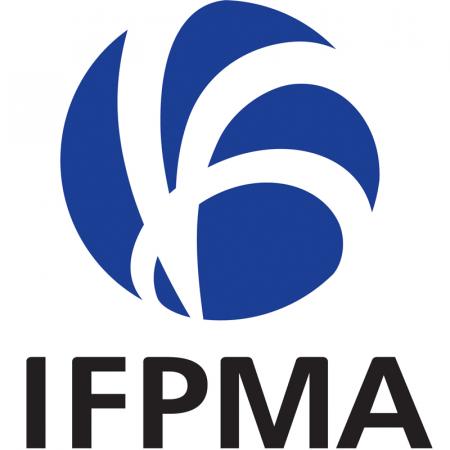Status, challenges and gaps in antimicrobial resistance surveillance around the world
Antimicrobial resistance (AMR) is a leading global health challenge. The incidence of multidrug-resistant infections is on the rise while efforts to combat it continue to lag behind. Developing and implementing facility, national and international surveillance platforms that consistently gather AMR data in real-time are essential first steps for quantifying the burden of AMR and assessing geographic and temporal trends. Ongoing national and international efforts aimed at strengthening AMR surveillance systems include the Global Antimicrobial Resistance and Use Surveillance System (GLASS), the Central Asian and European Surveillance of Antimicrobial Resistance (CAESAR), the European Antimicrobial Resistance Surveillance Network (EARS-Net), the Latin American Network for Antimicrobial Resistance Surveillance (ReLAVRA), industry-funded surveillance platforms and, more recently, the UK’s Fleming Fund programme. However, surveillance activities in low- and middle-income countries (LMICs) have been relatively slow-paced, and even within high-income countries a One Health approach may not be fully adopted. This paper reviews measures of AMR and antimicrobial consumption (AMC), existing surveillance platforms, and challenges that must be addressed to tackle AMR.
AMR NEWS
Your Biweekly Source for Global AMR Insights!
Stay informed with the essential newsletter that brings together all the latest One Health news on antimicrobial resistance. Delivered straight to your inbox every two weeks, AMR NEWS provides a curated selection of international insights, key publications, and the latest updates in the fight against AMR.
Don’t miss out on staying ahead in the global AMR movement—subscribe now!







